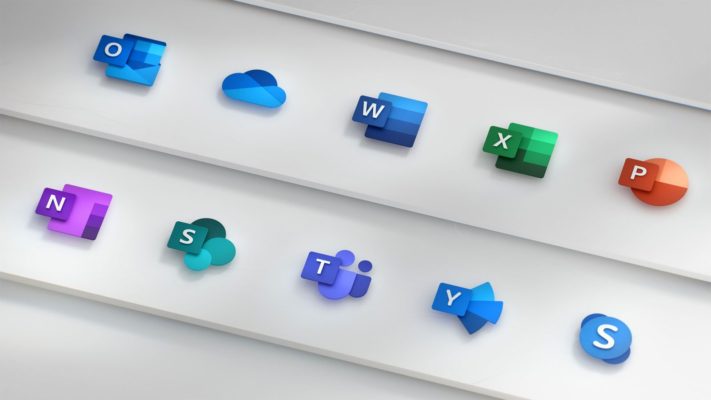Please fill out your details below and one of our team will assist you with you booking.
10987 – Performance Tuning and Optimizing SQL Databases
4 Days
Advanced
Instructor-led
Overview
About this course
This four-day instructor-led course provides students who manage and maintain SQL Server databases with the knowledge and skills to performance tune and optimize their databases.
Audience profile
The primary audience for this course is individuals who administer and maintain SQL Server databases and are responsible for optimal performance of SQL Server instances that they manage. These individuals also write queries against data and need to ensure optimal execution performance of the workloads.
The secondary audiences for this course are individuals who develop applications that deliver content from SQL Server databases.
At course completion
After completing this course, students will be able to:
- Describe the high level architectural overview of SQL Server and its various components.
- Describe the SQL Server execution model, waits and queues.
- Describe core I/O concepts, Storage Area Networks and performance testing.
- Describe architectural concepts and best practices related to data files for user databases and TempDB.
- Describe architectural concepts and best practices related to Concurrency, Transactions, Isolation Levels and Locking.
- Describe architectural concepts of the Optimizer and how to identify and fix query plan issues.
- Describe architectural concepts, troubleshooting scenarios and best practices related to Plan Cache.
- Describe architectural concepts, troubleshooting strategy and usage scenarios for Extended Events.
- Explain data collection strategy and techniques to analyze collected data.
- Understand techniques to identify and diagnose bottlenecks to improve overall performance.
Prerequisites
In addition to their professional experience, students who attend this training should already have the following technical knowledge:
- Basic knowledge of the Microsoft Windows operating system and its core functionality.
- Working knowledge of database administration and maintenance
- Working knowledge of Transact-SQL.
Outline
Module 1: SQL Server Architecture, Scheduling, and Waits
This module covers high level architectural overview of SQL Server and its various components. It dives deep into SQL Server execution model, waits and queues.
Lessons
- SQL Server Components and SQL OS
- Windows Scheduling vs SQL Scheduling
- Waits and Queues
Lab : SQL Server Architecture, Scheduling, and Waits
After completing this module, you will be able to:
- Describe the SQL Server components and SQL OS
- Describe the differences between Windows Scheduling and SQL scheduling
- Describe waits and queues
Module 2: SQL Server I/O
This module covers core I/O concepts, Storage Area Networks and performance testing. It focuses on SQL Server I/O operations and how to test storage performance.
Lessons
- Core Concepts
- Storage Solutions
- I/O Setup and Testing
Lab : Testing Storage Performance
After completing this module, you will be able to:
- Describe the core concepts of SQL I/O
- Describe storage solutions
- Setup and test I/O
Module 3: Database Structures
This module covers Database Structures, Data File and TempDB Internals. It focuses on architectural concepts and best practices related to data files for user databases and TempDB.
Lessons
- Database Structure Internals
- Data File Internals
- TempDB Internals
Lab : Database Structures
After completing this module, you will be able to:
- Describe the internal setup of database structures
- Describe the internal setup of data files.
- Describe the internal setup of TempDB
Module 4: SQL Server Memory
This module covers Windows and SQL Server Memory internals. It focuses on architectural concepts and best practices related to SQL Server Memory Configuration.
Lessons
- Windows Memory
- SQL Server Memory
- In-Memory OLTP
Lab : SQL Server Memory
After completing this module, you will be able to:
- Describe the components of Windows memory
- Describe the components of SQL Server memory
- Describe In-Memory OLTP
Module 5: SQL Server Concurrency
This module covers Transactions and Locking Internals. It focuses on architectural concepts and best practices related to Concurrency, Transactions, Isolation Levels and Locking.
Lessons
- Concurrency and Transactions
- Locking Internals
Lab : SQL Server Concurrency
After completing this module, you will be able to:
- Explain concurrency and transactions
- Describe locking
Module 6: Statistics and Index Internals
This module covers Statistics and Index Internals. It focuses on architectural concepts and best practices related to Statistics and Indexes.
Lessons
- Statistics Internals and Cardinality Estimation
- Index Internals
- Columnstore Indexes
Lab : Statistics and index Internals
After completing this module, you will be able to:
- Describe statistics internals
- Explain cardinality estimation
- Describe why you would use Columnstore indexes and be able to implement one
Module 7: Query Execution and Query Plan Analysis
This module covers Query Execution and Query Plan Analysis. It focuses on architectural concepts of the Optimizer and how to identify and fix query plan issues.
Lessons
- Query execution and optimizer internals
- Query execution plans
- Analyzing query execution plans
- Adaptive query processing
Lab : Query execution and query plan analysis
After completing this module, you will be able to:
- Describe query execution and optimizer
- Analyze query plans and resolve common issues
Module 8: Plan Caching and Recompilation
This module covers Plan Caching and Recompilation. It focuses on architectural concepts, troubleshooting scenarios and best practices related to Plan Cache.
Lessons
- Plan cache internals
- Troubleshooting plan cache issues
- Automatic tuning
- Query store
Lab : Plan caching and recompilation
After completing this module, you will be able to:
- Describe plan cache
- Troubleshoot plan cache issues
- Describe query store and why you would use it
Module 9: Extended Events
This module covers Extended Events. It focuses on architectural concepts, troubleshooting strategy and usage scenarios for Extended Events.
Lessons
- Extended events core concepts
- Working with extended events
Lab : Extended events
After completing this module, you will be able to:
- Describe the core concepts of extended events
- Implement extended events
Module 10: Monitoring, Tracing, and Baselining
This module covers tools and techniques to monitor, trace and baseline SQL Server performance data. It focuses on data collection strategy and techniques to analyze collected data.
Lessons
- Monitoring and tracing
- Baselining and benchmarking
Lab : Monitoring, Tracing and Baselining
After completing this module, you will be able to:
- Describe various options for monitoring and tracing
- Describe various options for benchmarking and baselining
Please enter your details below and we will send you the full course outline.





